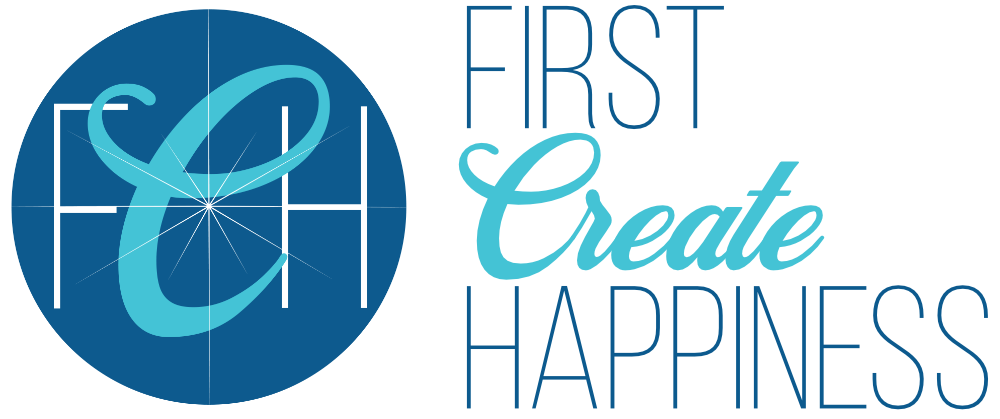Where Attention Goes Energy Flows

“Where attention goes energy flows;
where intention goes energy flows.”
― James Redfield
I believe people and situations enter our lives to teach us something. As the saying goes, people come into our lives for a reason, a season, or a lifetime. But what happens when you want—or need—to keep someone in your life, yet certain aspects of their personality annoy you?
Years ago, I learned a process from Abraham-Hicks called The Book of Positive Aspects, which has helped me shift my perspective. Whenever someone irritates me or I struggle to feel good about them, I focus only on their positive traits. Remarkably, what once bothered me seems to fade away, and they begin showing up in my life in a more positive way.
The most memorable time I used this practice was after my divorce when I had to continue interacting with my ex because we shared a child. Determined to shift my attitude, I sat down to write about his positive aspects—and to my surprise, I ended up filling seven pages. We didn’t reconcile, but the exercise gave me a whole new perspective and a deeper appreciation for why he had been in my life.
If Viktor Frankl, the Auschwitz survivor and author of Man’s Search for Meaning, and Nelson Mandela, who endured 27 years of imprisonment before becoming South Africa’s first Black president, could find meaning and positivity in their circumstances, then surely, I can shift my attitude about someone who simply irritates me.
According to Viktor Frankl, the father of Logotherapy (the psychology of meaning), our only inalienable right—one that no one can take from us—is the ability to choose our response to any situation: the right to choose our attitude.
Frankl’s most powerful teaching is that the mind has the power to shape our reality, regardless of external circumstances. Similarly, social constructionist theory suggests that each person creates their own "constructed reality," which influences their behaviors—whether they realize it or not, and whether they admit it or not.
The Book of Positive Aspects, as adapted from Abraham-Hicks’ teachings, is a way to harness this incredible power so it works for you, rather than against you.
No matter what’s happening around you, there are always positive aspects to be found—if you choose to see them. By allowing those aspects into your awareness, you create a reality that aligns with them.
What The Book of Positive Aspects Is Not:
- It’s not about reframing a negative situation into a positive one.
- It doesn’t mean denying that negativity exists.
What The Book of Positive Aspects Is:
- It’s about recognizing that every moment holds something positive to focus on.
- It’s a practice of consciously choosing to see only the positive aspects of a person, situation, or experience.
The Book of Positive Aspects: A Step-by-Step Process
- Get a Notebook – Choose a notebook and label it My Book of Positive Aspects. Set aside about 20 minutes for this practice.
- Choose Your Focus – At the top of a page, write the name of the person or thing you want to focus on.
- Ask Yourself These Questions:
- What do I like about you?
- What are your positive aspects?
- How does having you in my life make me a better person?
- Start Writing – Let your thoughts flow naturally in response to these questions. Don’t force it. Here are some examples:
- He can be so witty and charming!
- He’s a responsible father.
- The money is good for the effort I put in, and my hours are steady.
- I can always count on getting my paycheck.
- My job allows me to try new experiences—and I get paid for it!
- Having time off gives me a priceless sense of freedom.
- I appreciate sharing expenses with someone.
- My office has a beautiful view!
- Reflect and Absorb – Write for as long as your thoughts come easily. Then, take a moment to read and appreciate what you’ve written.
For people who irritate you, this process may take more time, and the thoughts might not come as easily. But everyone has positive aspects—if you look for them, you’ll find them. As you shift your focus to their positive traits, your own vibration will rise, leading to a greater sense of love or at least deeper appreciation.
By focusing on the positive, we naturally raise our vibration to one of appreciation—one of the most powerful frequencies we can embody. The more we seek out positive aspects, the more we find, and as a result, our relationships begin to shift for the better.
With consistent practice, this elevated vibration becomes dominant, and our reality starts to reflect it. The person or situation itself may not change, but they will feel different in your presence.
The Benefits of This Practice:
- You’ll feel good while doing it.
- Your point of attraction will improve.
- Your relationships will naturally become more harmonious.
- More positive experiences and people will begin showing up in your life.
And if something about that person or situation starts to bother you again, simply revisiting your Book of Positive Aspects will help you shift your perspective quickly. It’s truly an invaluable tool!
Image: Unsplash
